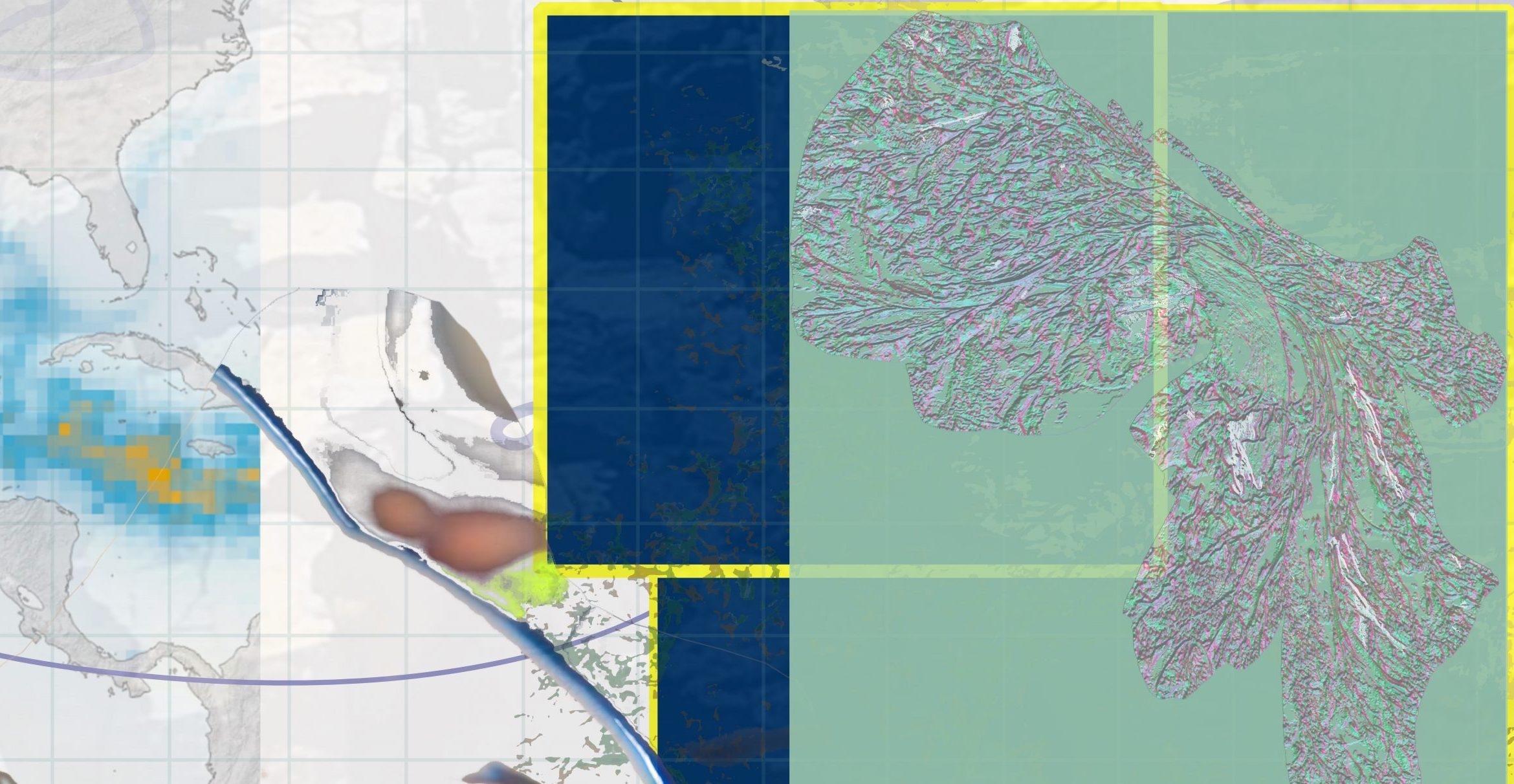
From fundamental webs of life to large-scale economic industries, the contributions of seaweed around the world have long drawn the attention of artists and storytellers.
For Melody Jue, an associate professor of English at UC Santa Barbara, the allure has inspired a collection of seaweed-centered photo essays with a range nearly as broad as that of the marine algae itself, with pieces from Sweden, the British Isles, Hawaii, Japan, the Sargasso Sea and the Eyak ancestral homeland on the Gulf of Alaska.
Supported by the UC Humanities Research Initiative, “Holding Sway: Seaweeds and the Politics of Form” was curated to “inspire curiosity about seaweeds in a way that doesn’t just treat them as a resource but firmly links them to specific cultural and even political contexts,” said Jue, who teamed up on the project with artist and UC Davis-trained geographer Maya Weeks.
“I think it’s easy to get carried away with a mathematical appreciation of seaweeds, especially in sustainability efforts,” Jue added. “But there’s another type of learning and reflection that can happen when encountering seaweeds in artistic media, or through reading about histories of resource extraction and colonialism. Photography is a wonderful way to pull people into these stories.”
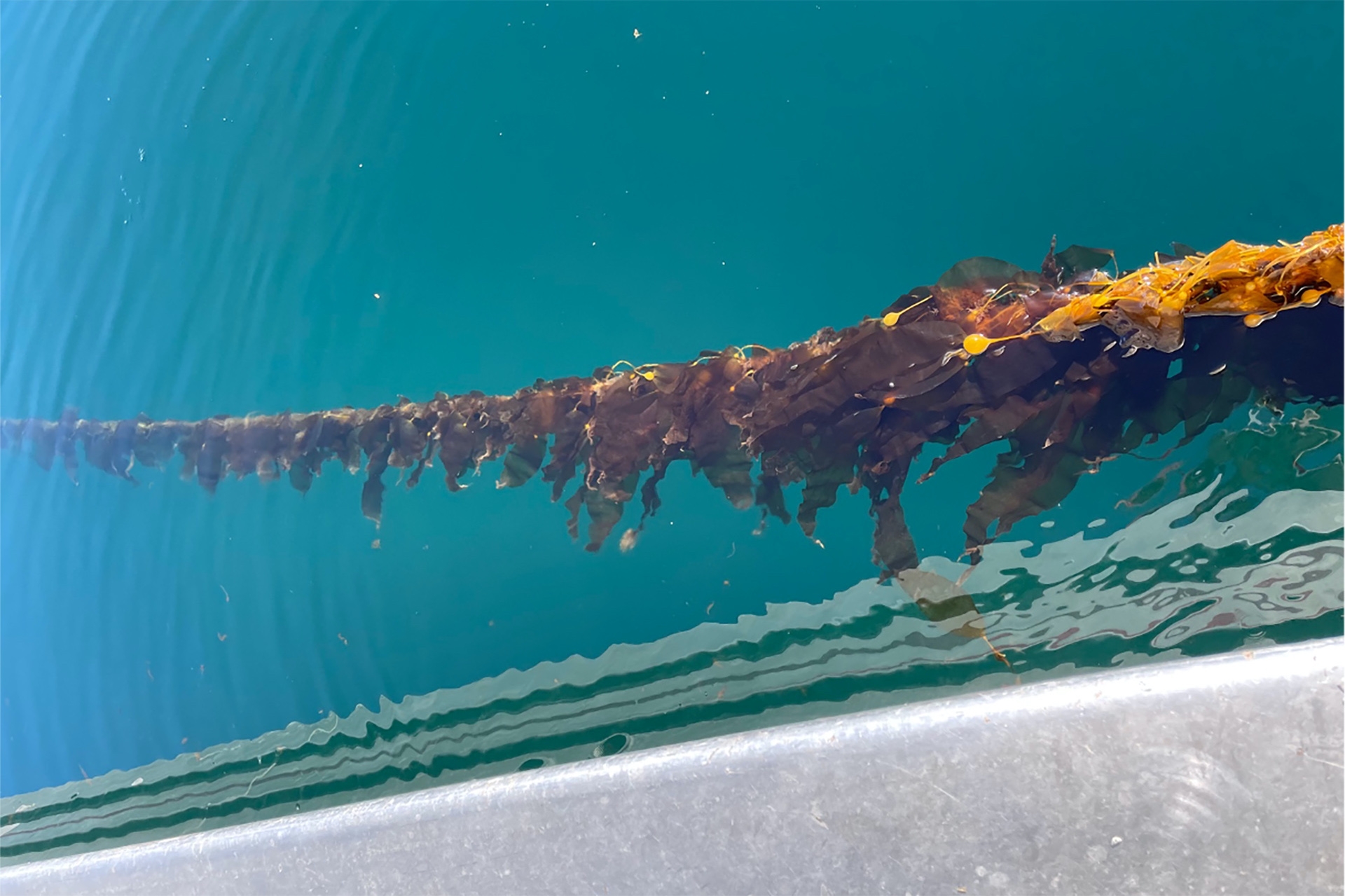
“Holding Sway” features seven photo essays, including work by siblings Jen Rose Smith and Jim Smith — a dAXunhyuu, or Eyak, scholar and a restoration manager, respectively. The pair write about Indigenous people existing within the imposed contracting narratives of disappearance and resilience and, at the same time, are expected to produce solutions to environmental problems. “Just as kelp is enlisted to fix carbon problems,” they write, “Native peoples, too, are hailed to answer a call for a climate-apocalypse future they did not help enact.”
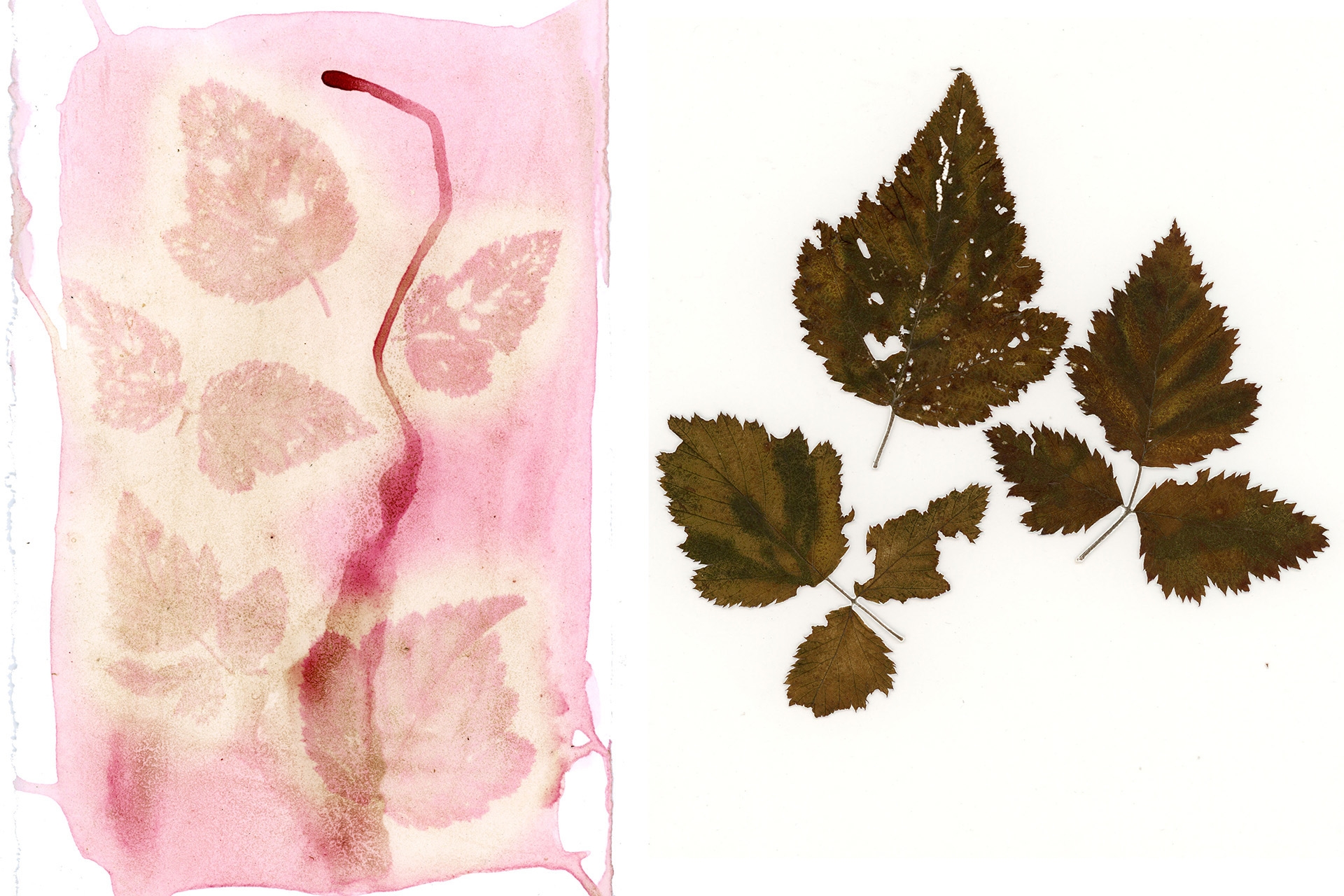
Also featured, illustrated with contact prints that interpret the poetic verses of the Kumulipo creation chant, artist Gwen Arkin writes about the Hawaiian understanding of the interconnectedness of terrestrial and marine environments; and artist and curator Angela YT Chan uses “seaweed collages as a way to tell stories about centuries of industrial discharge as it impacts oceans.”
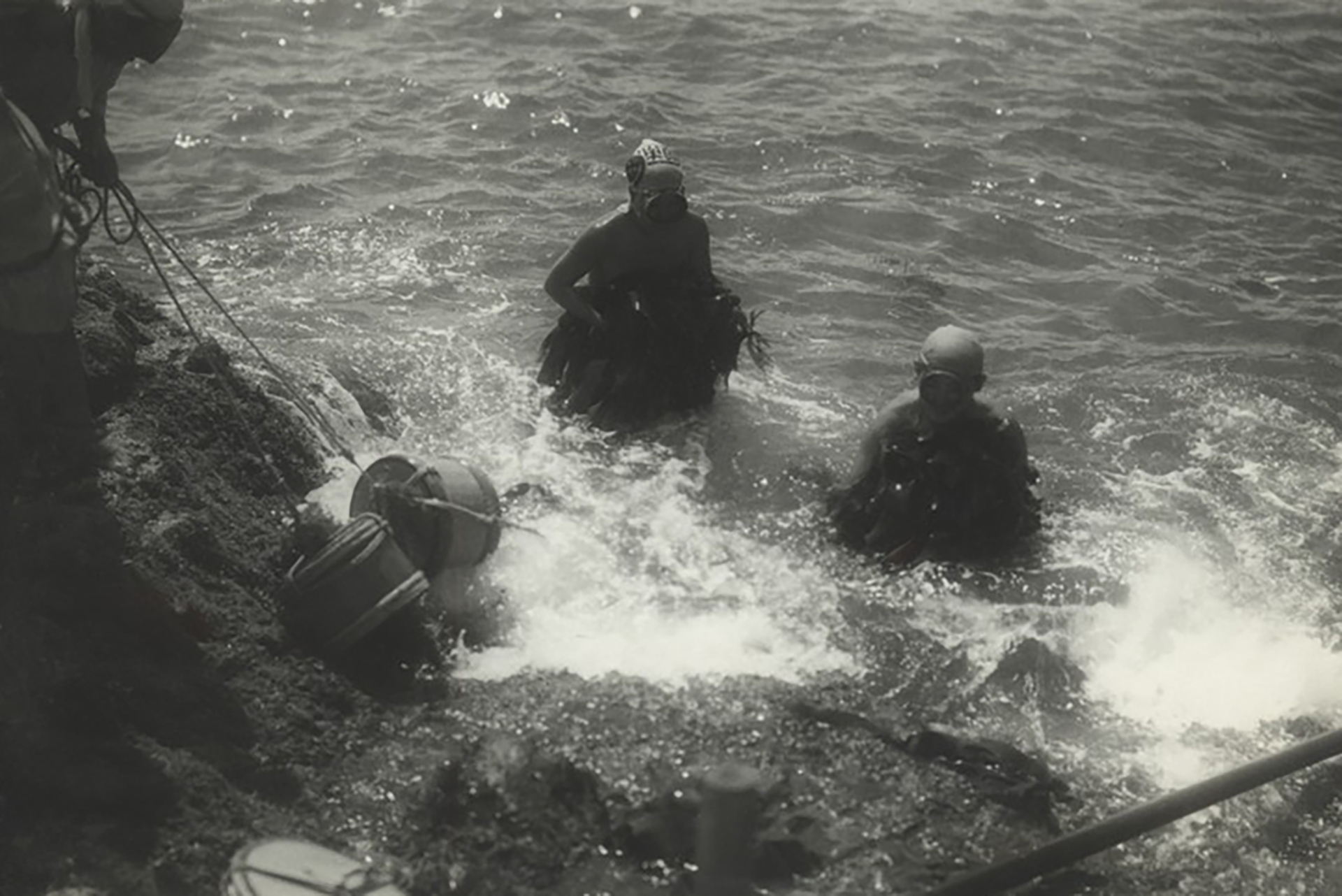
In his essay, Joe Riley, an artist and UC San Diego visual arts scholar, presents the postwar photography of Claude M. Adams as it documents the Japanese seaweed industry and its connection to U.S. military biopolitical power. Exploring the Royal Albert Memorial Museum’s archive of pressed seaweeds and algae, popularly collected by women in the mid-1800s, artist and curator Bryony Gillard asks, “What can we learn from seaweed” and its gendered dimensions?
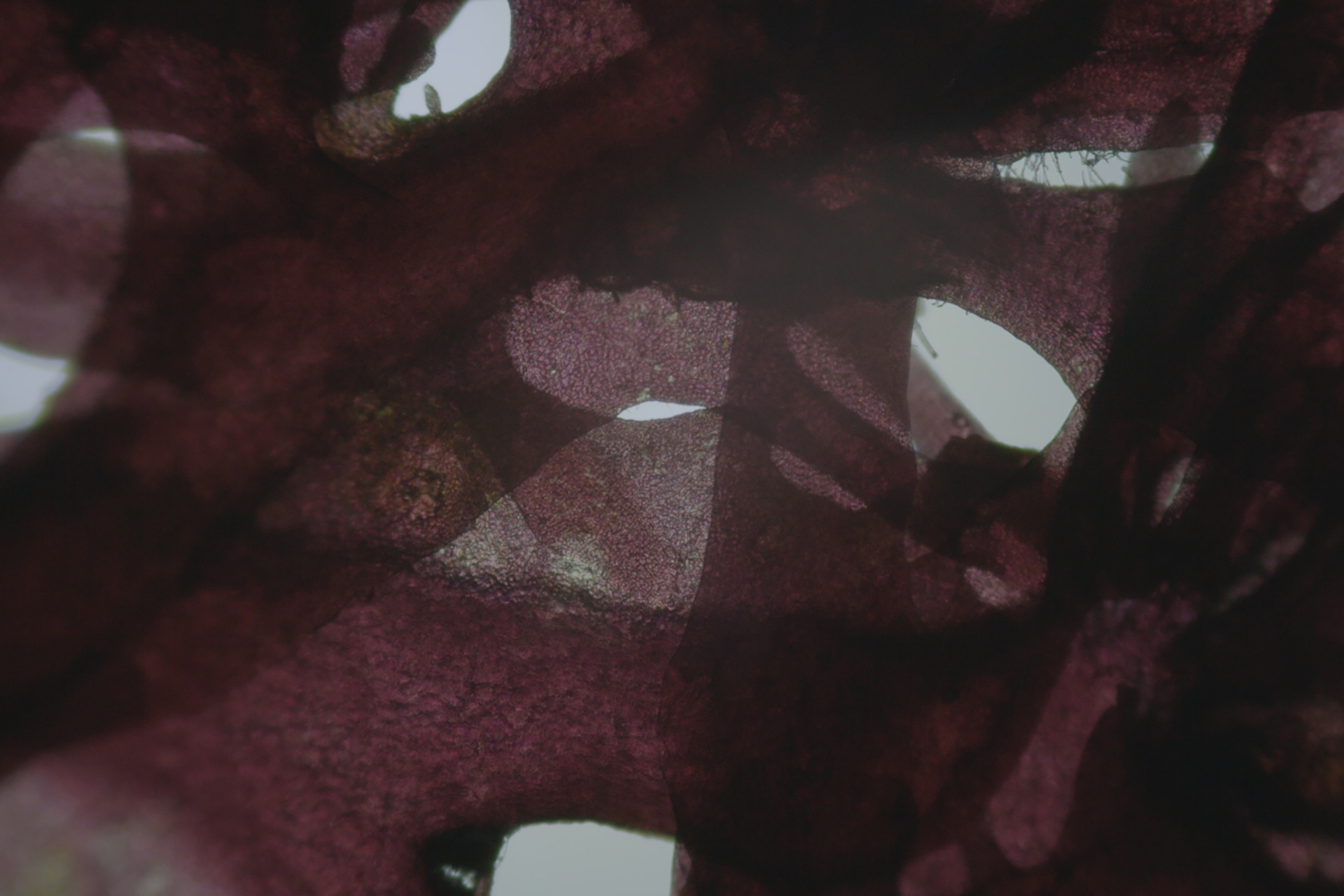
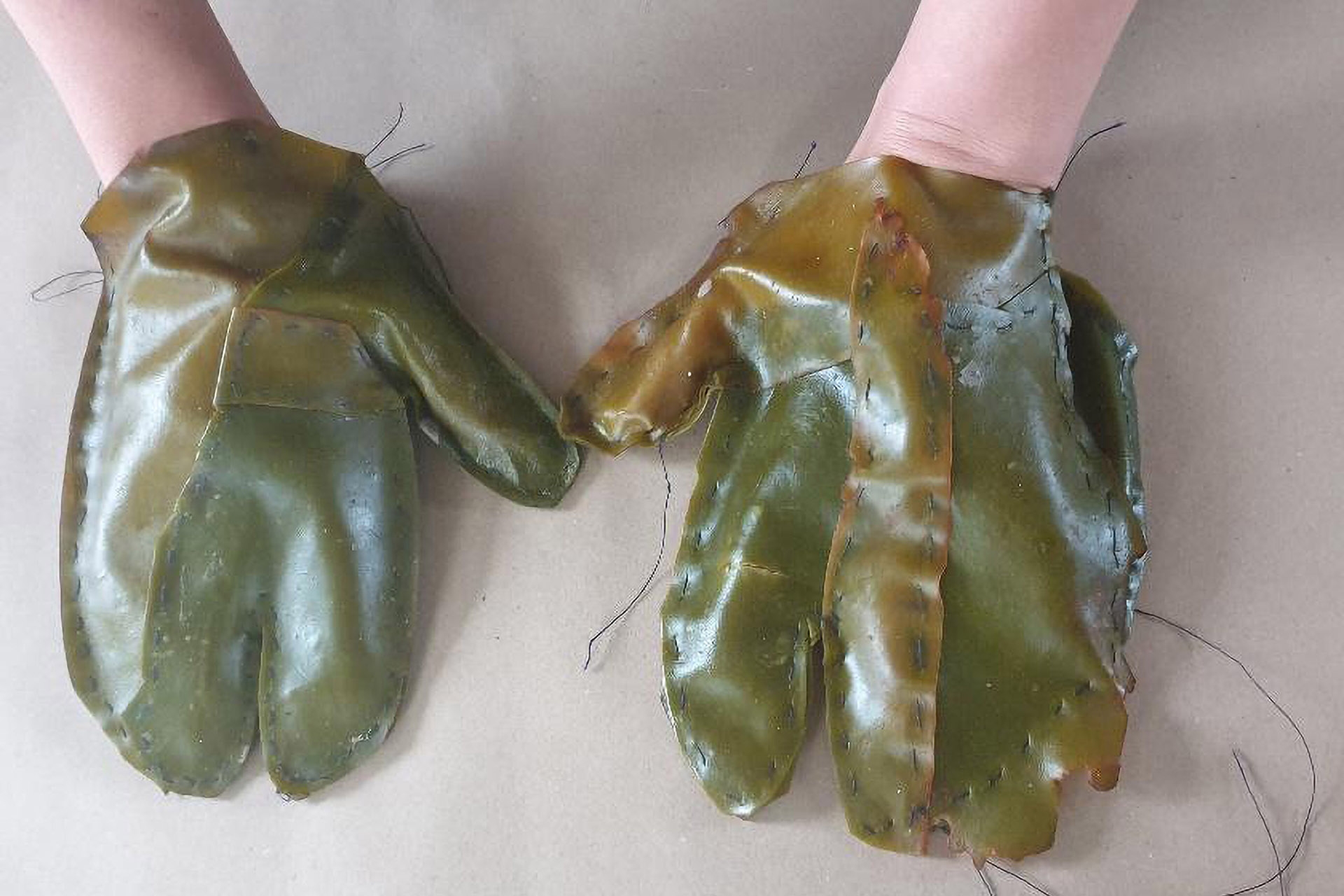
Finally, on Sweden’s largest island, Gotland, scholar Cecilia Åsberg examines the seaweed detritus along the intertidal wrack zone as “a material archive of matter and memory,” from Viking lore to the dumping of military waste in the Baltic Sea; and on a small, seaweed-surrounded island in the Scottish Hebrides, artist and scholar Sam Nightingale practices attunement and experimental photographic artmaking in a wind-battered stone cottage.
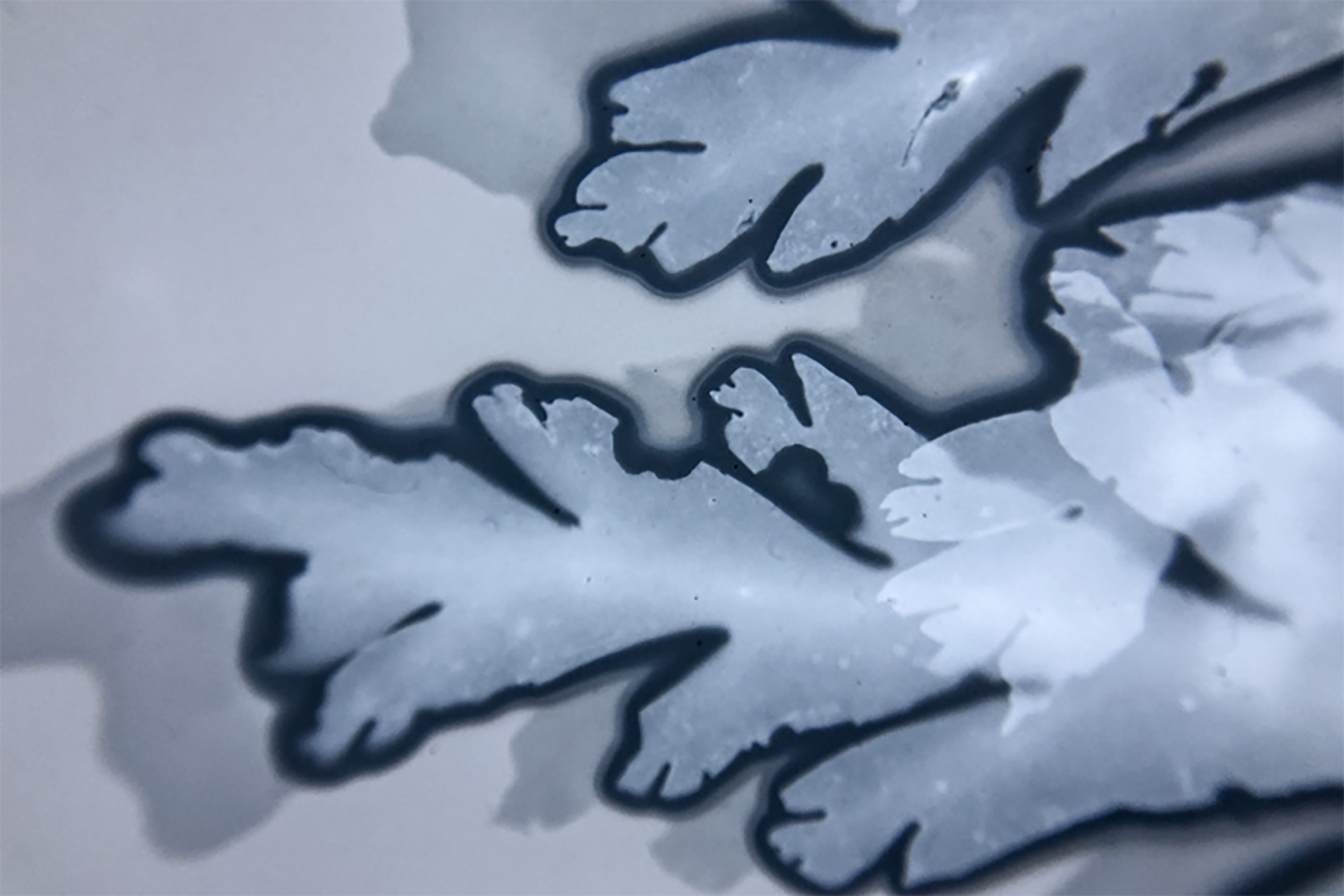
“My hope is that the photo essays will inspire conversations across the arts, humanities and STEM,” Jue said, “and that next time you walk on the beach, you might wonder more about the histories and lives of seaweeds.”
Keith Hamm
Social Sciences, Humanities & Fine Arts Writer
keithhamm@ucsb.edu




